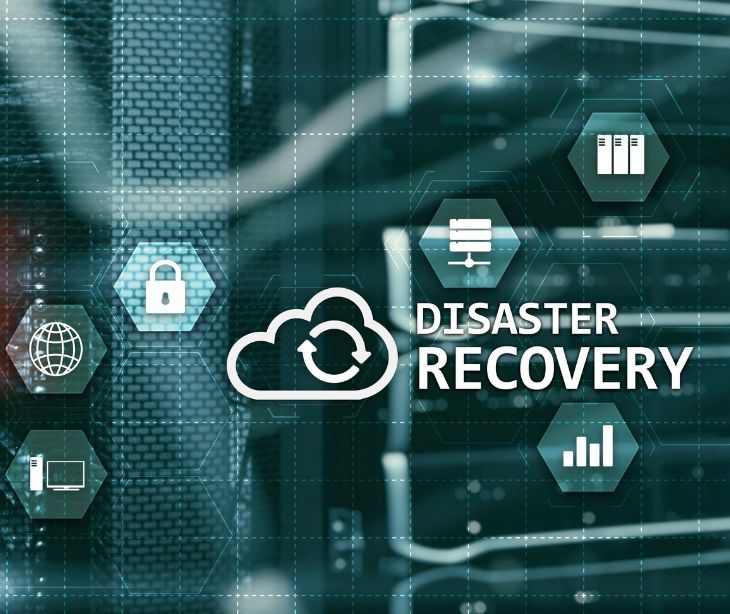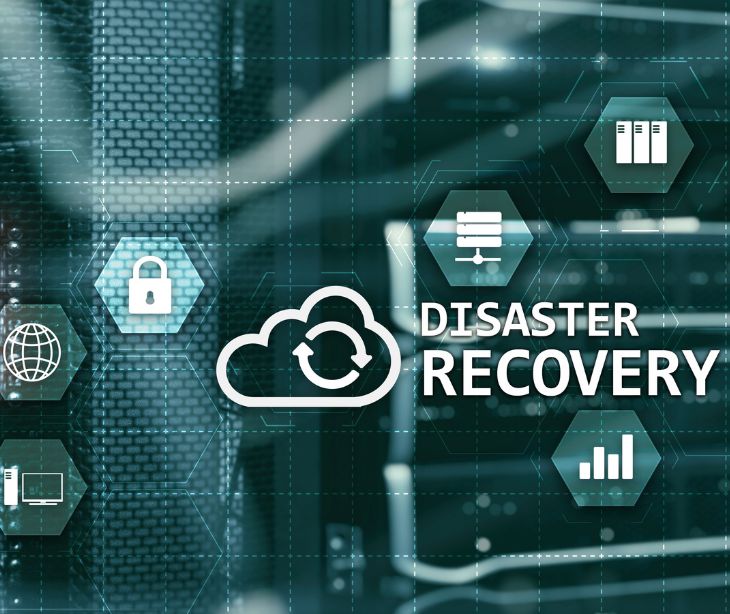
A HIPAA disaster recovery plan details procedures for restoring any data loss resulting from a disaster. It ensures the security and availability of electronic protected health information (ePHI). By implementing a plan that includes data backup, emergency mode operation, and disaster recovery, healthcare organizations can minimize the impact of disasters and maintain the continuity of critical processes.
Understanding the HIPAA disaster recovery plan
According to the Department of Health and Human Services (HHS), a contingency plan standard requires that covered entities: “Establish (and implement as needed) policies and procedures for responding to an emergency or other occurrence (for example, fire, vandalism, system failure, and natural disaster) that damages systems that contain electronic protected health information.”
The following three specific plans must be implemented under the HIPAA security rule:
Data backup plan
A data backup plan ensures that exact copies of ePHI are created and maintained in a retrievable format. By implementing procedures, covered entities can minimize the risk of data loss and ensure the availability of information in the event of a disaster.
Regular backups are necessary to protect against system failures, natural disasters, or any other incidents that could damage systems containing ePHI.
Emergency mode operation plan
An emergency mode operation plan outlines procedures for maintaining business processes while operating in emergency mode. This plan enables covered entities to continue providing essential services and protecting the security of ePHI during challenging circumstances.
By establishing clear guidelines and protocols, organizations can minimize disruptions and ensure the seamless continuation of operations, even in emergencies.
Disaster recovery plan
A disaster recovery plan details procedures for restoring any data loss resulting from a disaster. This plan is necessary to recover vital information and restore systems to full functionality.
Go deeper:
Components of a disaster recovery plan
While the HIPAA security rule doesn't specify the precise elements of a disaster recovery plan, best practices have emerged over time. These commonly accepted components include:
-
Communication plan
A disaster recovery plan should include a well-defined communication plan to facilitate effective coordination and reporting during and after a disaster. It should outline how employees communicate with each other and notify management of a disaster. The plan should also designate employee assignments for damage assessment and overall responsibility for systems recovery. -
Asset inventory
Maintain an inventory of all computer workstations, devices, and equipment regularly used by staff. This inventory is a quick reference for insurance claims after a major disaster. -
Equipment protection plan
To protect computer equipment from damage during disasters like storms or earthquakes, a disaster recovery plan should outline specific steps for equipment protection. These steps may include moving equipment off the floor, relocating it to a secure area, and wrapping it securely in plastic or other materials to prevent water damage. -
Data restoration priority plan
A data restoration priority plan prioritizes data recovery for compliance and minimum service levels while considering legal and business requirements. -
Vendor communication and service restoration plan
After a disaster, organizations need to restore services quickly. This requires prompt communication and collaboration with vendors such as phone, internet, and electricity providers. A disaster recovery plan should include contact information for all relevant vendors and outline the preferred methods of communication.
Disaster recovery plan training
Organizations should make the plan easily accessible to employees and ensure it is stored at multiple locations, including offsite storage for organizations with a single location. Regular training sessions should be conducted to familiarize employees with the plan's elements and their roles during and after a disaster.
Read more: HIPAA compliance in natural disasters
Subscribe to Paubox Weekly
Every Friday we'll bring you the most important news from Paubox. Our aim is to make you smarter, faster.





